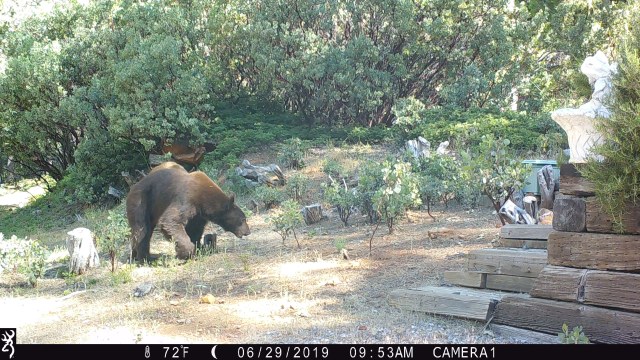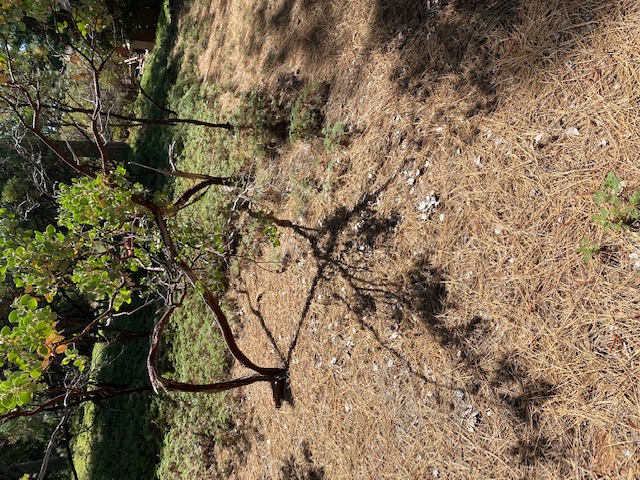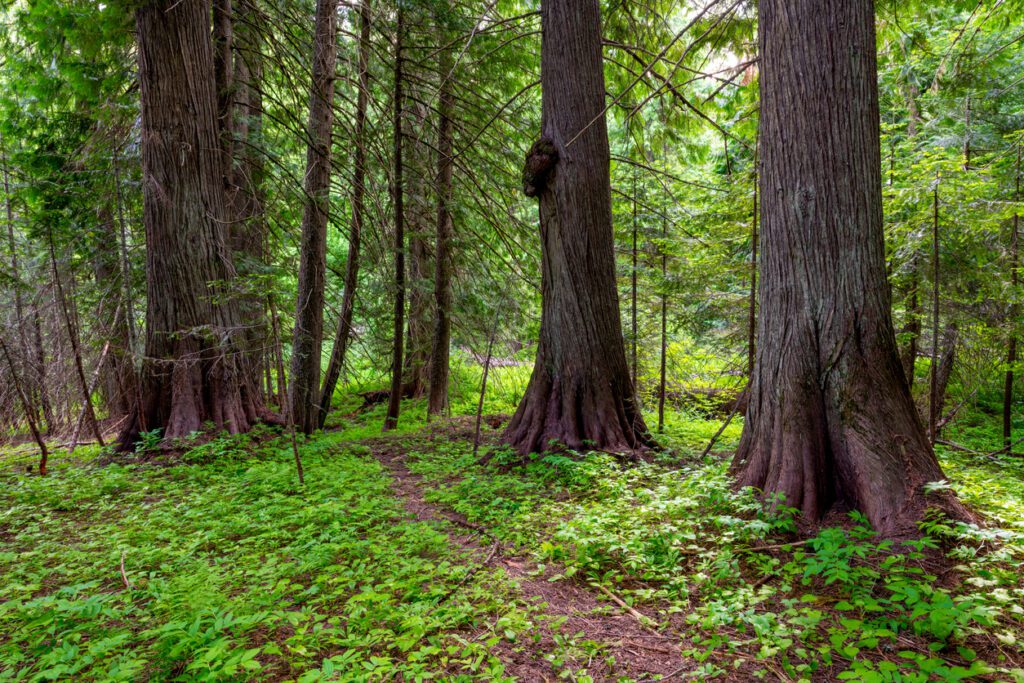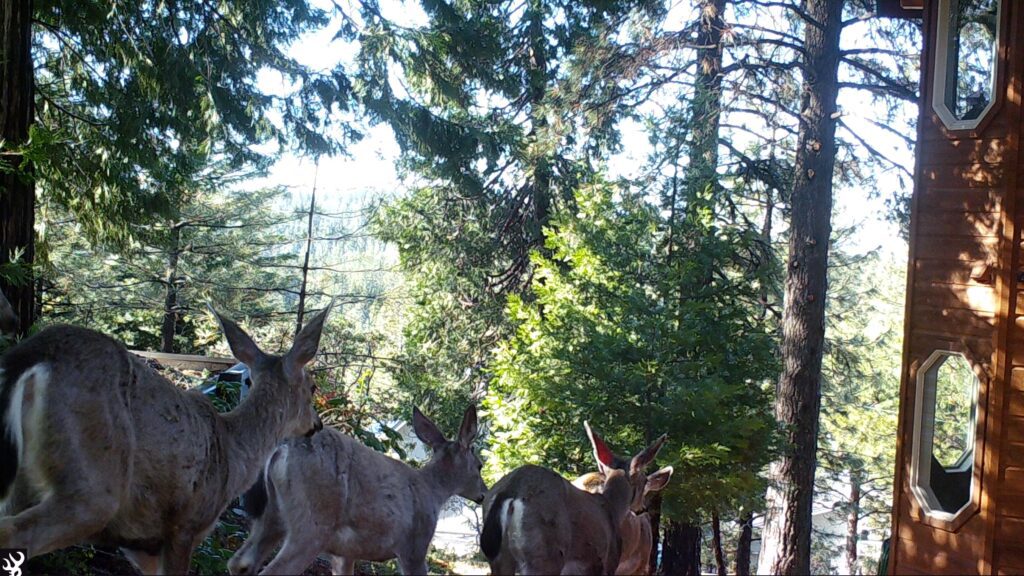I keep referring to Game Trails and thought it might be beneficial if I take the time to explain what they are and why animals follow them.
My first exposure to game trails occurred when we purchased the property in Arnold; I recognized that the animals followed the same path around the property, but why? Eventually, I learned that those paths are Game Trails. Now I want to understand the bigger picture and what is occurring. I want to understand the purpose of game trails and why the animals might follow them.
The Arnold house was built thirty-plus years ago, right in the middle of a well-established game trail. I doubt the original owner knew that, or he didn’t care. The animals, unwilling to be deterred, began flowing around the house to continue on the original Game trail. My first thought was to contact local knowledge bases (i.e., the local library and the Big Trees National Forest Rangers) neither provided much information. I was hoping to find a lidar image showing our area’s game trails. Unfortunately, there were no available Lidar images. There was lots of historical information on the logging industry, but nothing on game trails and the movement of animals.
It was up to me to research the subject. So realizing that I still have much to learn, here’s what I can share now.


So, what are game trails, and why do animals follow them? What are the benefits of following game trails, and how can they help animals survive in the wild?
Game trails are paths created by animals as they travel between different areas. While the direction of a game trail can often indicate the animal’s intended destination, this is not always the case. Animals may use game trails for various reasons, such as to travel between different feeding and watering areas, avoid predators, or find mates. Additionally, while many animals follow game trails instinctively, others may learn the behavior from others in their group.


Game trails can provide valuable information about the movements of animals in an area. However, it is essential to remember that Game Trails have various purposes, so we need to be careful making any assumptions.
Note: The Game Trails on our property run in an East-West direction, and then one branch splits and drops down in a South-East direction. I think the South-East direction leads to a water source as it drops down into an unpopulated forest area.
Oops, I am making an assumption. I hope to hike down into that forested area and find out if that’s true or not.

There are several benefits to animals following game trails:
- First, these trails can help animals save energy by allowing them to travel along a path that has already been cleared.
- Game trails often lead to areas where food or water is abundant, which can be essential for the animal’s survival.
- By following game trails, animals can avoid predators or other dangers that may be present in their environment.


While game trails can offer several benefits to animals, there are also some potential drawbacks. For example, if an animal follows a game trail into an area without food or water, it may become stranded and starve to death. In addition, game trails, such as those in a predator’s territory, can lead the animals into danger. Finally, game trails can become overgrown and difficult to follow if they are not used regularly, making it difficult for animals to find their way around.
Despite the potential drawbacks, game trails offer several benefits to animals that make them an essential part of life in the wild. In summary, game trails help animals save energy, find food and water, and avoid predators and people.
Do you have any questions about game trails? Share your thoughts in the comments below!
All of my photographs are Copyrighted.


Your research is noble. I was particularly interested in the animals instinctive nature, utilizing game trails for the safety of their population. Their obvious food and water necessities are part of their entire habitat. Human beings use similar pathways. Our brains have neuropathways that we use for survival. Neuroplasticity is our game trails rewiring pathways for our safety. Funny thing, “Instincts” are a shared attribute for all living entities on our planet……GOD BLESS and may peace and kindness be with you always.